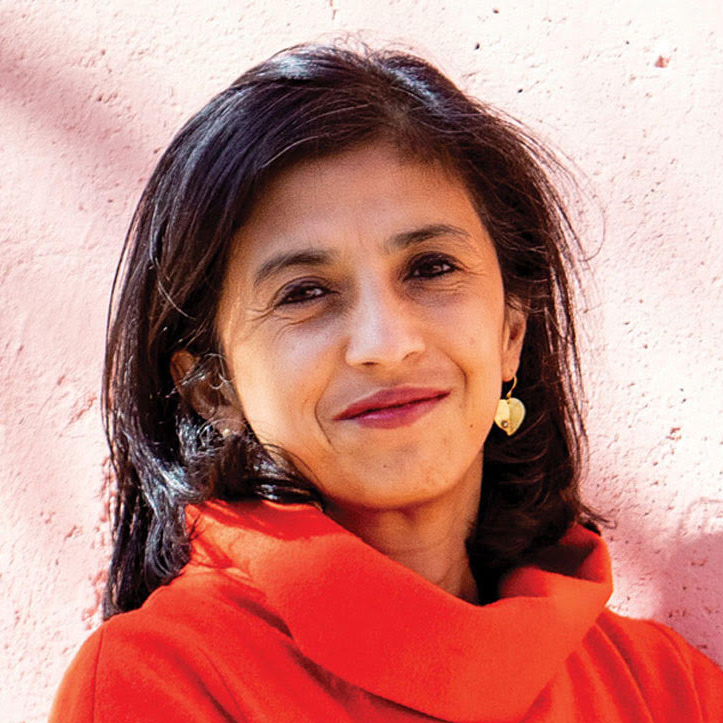Columns
Strengthening female representation
Women’s underrepresentation in leadership positions reflects a combination of the design of the quota system and party nomination behaviour.
Rohini Pande, Michael Callen, Binod Paudel & Satish Wasti
Sadhana Devi Pradhan made history as Nepal’s first democratically-elected local representative in 1953, two years after the end of the Rana dynasty. Since then, Nepali women have only seen very modest gains in Nepali politics. In 1992, only one in 200 elected representatives were women. More significant gains came in 1997 when women won 21 percent of local seats. In 2017, in Nepal’s first elections under the new federal constitution and largely due to reservation, women’s representation rose to almost 41 percent of local (municipal and ward level) representatives.
The upcoming 2022 local elections provide a vital opportunity to build on these gains. Women’s underrepresentation in leadership positions reflects a combination of the design of the quota system and party nomination behaviour. Averaging across parties, only 6 percent of mayoral candidates were female, and only 3.3 percent of candidates for ward chair were female in 2017. Can this change in 2022? A large number of female politicians now have substantial experience as deputy mayors and ward committee members and are eager to stand for higher positions. In a recent (December 2021) survey conducted by our research team, 63.1 percent of the 678 deputy mayors (out of all 753 deputy mayors in the country) we interviewed expressed their intention to run for mayor in the upcoming local elections.
Citizen surveys
In addition, nationally representative citizen surveys conducted by Kathmandu University, Interdisciplinary Analysts, and the Asia Foundation in 2018 and 2020 suggest that local female representatives have earned the trust of their constituents. In 2020, 80.6 percent of surveyed citizens said they trusted their judicial committee, a dispute-resolving body headed by the deputy mayor, up from 73 percent in 2018. (The surveys did not directly ask about trust in deputy mayors.) Compare this to citizen trust in mayors, which hasn’t seen an increase between 2018 (81.8 percent) and 2020 (80.6 percent), although it has remained high.
However, these facts do not, in themselves, guarantee that women will advance. Experience from countries with a history of gender quotas in politics shows that it is challenging for women to graduate from quota-based positions to higher leadership roles. In Spain, where gender quotas that guarantee that at least 40 percent of candidates for local elections are women came into effect in 2007, researchers found that these quotas did not have any meaningful effect on women’s probability to reach powerful, non-reserved positions such as party leader or mayor in the next three rounds of elections.
Thus, political parties have important roles to play to enhance women’s representation in the upcoming local elections. To start with, parties must create an environment that improves women’s chances to be nominated for mayor and ward chair candidacies. In 2017, a strikingly low number of women made it to the nominee list for these positions. For the 14 districts where our research team has data on nominations, only 3.2 percent of nominees for mayors and only 2 percent of nominees for ward chairs were female. Suppose parties want to achieve meaningful progress in gender inclusion. In that case, it is essential they expand their pool of female nominees for these leadership positions by removing barriers female aspirants face in the nomination process.
Parties should consider one reform to make the candidate nomination process more systematic. This could be implemented by asking all interested political aspirants to fill out pre-nomination forms. These forms, submitted to nominating committees, would provide aspirants the opportunity to explain why they might be suitable candidates. They would also create a valuable, comprehensive record for parties who aspires to candidacy. These forms could be complemented by a process whereby aspirants could verbally argue the case for their candidacy to the nominating committees. Making the process to apply to become a candidate more systematic and open in this manner can widen the pool of potential candidates, including female aspirants.
In addition, for women to receive candidate tickets, parties’ internal selection committees must decide to award them. This is much more likely if women have a voice in parties’ internal selection processes. This means nominating them to serve on candidate selection committees, especially in important positions. Our research using extensive data from the 2017 local elections highlights the extreme importance of parties’ internal selection processes. Parties choose a candidate for a race from a list of nominees to determine who becomes a local representative in Nepal. We find a clear and robust correlation between the demographic composition of the selection committee and the set of candidates they choose (even controlling for shared local demography).
Given how consequential the candidate selection process is, we believe important gains in inclusion can be attained by encouraging selection committee members to be more welcoming of female nominees and changing committee structure to empower female voices in these committees.
In the aftermath of the 2017 local elections, our research team surveyed around 1,000 selection committee members across 11 districts. During these surveys, we asked them to take the Implicit Association Test (IAT), a powerful experimental tool from social psychology that examines an individual’s implicit bias against a group. Our analysis shows that selection committee members had an easier time associating men than women with leadership traits. Based on this, parties might consider introducing reforms that change the behaviour of committee members to be less biased against female nominees.
Selection committees
Perhaps more importantly, political parties should ensure that the structure and composition of selection committees do not disadvantage female voices. One reason candidates for mayor and ward chair positions in 2017 were overwhelmingly male might be the paucity of female voices in selection committees: On average, only 8 percent of selection committee members in 2017 were women. In the upcoming local elections, the gender composition of these committees will very likely improve in favour of women, especially because the Political Party Act of 2017 requires party committees at every level to be at least one-third female. But it is important to note that only a numeric increase in female representation in these committees might not go a long way in ensuring that female voices are heard and acted upon substantively.
The elections of 2022 provide a remarkable opportunity to increase women’s representation in politics and thereby build on the important achievements of 2017. This is not only good for social justice; it is also suitable for parties seeking to win elections. Many women, including those who have gained experience in local governance in the last four years, stand eager to make strides in their political careers. Their constituents trust them, and this trust is growing. This suggests that they have a good chance of winning in many constituencies. The parties that pay attention to these important trends are the ones that are most likely to see success in 2022.




 5.4°C Kathmandu
5.4°C Kathmandu
















%20(1).jpg&w=300&height=200)

